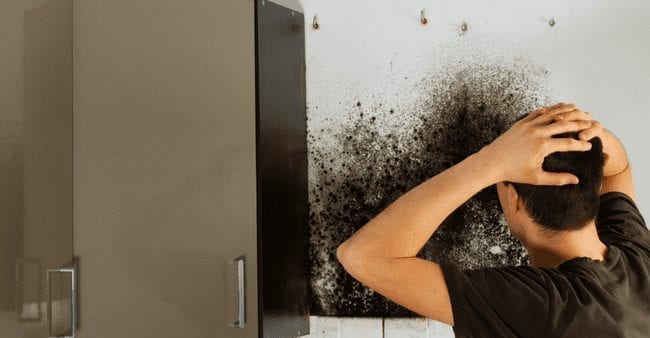6 Ways to Find Concealed Water Leaks in Your Home
6 Ways to Find Concealed Water Leaks in Your Home
Blog Article
What're your opinions on Detecting hidden plumbing leaks?

Early detection of leaking water lines can reduce a potential disaster. Apart from conserving you cash, it will certainly reduce the aggravation and frustration. The minute you discover a leak, calling your plumber for repairs is the most effective option. Some small water leakages might not be visible. Right here are some hacks that help if you can not detect it with your nude eyes.
1. Check Out the Water Meter
Every residence has a water meter. Checking it is a surefire way that helps you discover leakages. For beginners, switch off all the water sources. Ensure no person will certainly flush, use the faucet, shower, run the washing machine or dishwashing machine. From there, most likely to the meter and also watch if it will certainly transform. Given that no person is utilizing it, there must be no activities. That indicates a fast-moving leak if it relocates. If you spot no changes, wait a hr or 2 and examine back once again. This implies you might have a sluggish leakage that might also be below ground.
2. Examine Water Usage
Analyze your water bills as well as track your water usage. As the one paying it, you should see if there are any inconsistencies. If you detect sudden changes, regardless of your consumption being the same, it indicates that you have leakages in your plumbing system. Remember, your water expense need to drop under the exact same array every month. A sudden spike in your bill indicates a fast-moving leak.
A stable rise every month, even with the very same habits, reveals you have a slow leak that's additionally slowly intensifying. Call a plumber to thoroughly examine your building, especially if you really feel a cozy location on your floor with piping underneath.
3. Do a Food Coloring Test
30% comes from bathrooms when it comes to water intake. Examination to see if they are running properly. Drop specks of food color in the tank and wait 10 minutes. If the color somehow infiltrates your bowl during that time without flushing, there's a leak between the container and bowl.
4. Asses Outside Lines
Do not fail to remember to examine your outside water lines as well. Must water leak out of the connection, you have a loose rubber gasket. One tiny leakage can throw away bunches of water and also increase your water expense.
5. Assess the scenario as well as inspect
Homeowners must make it a practice to check under the sink counters as well as even inside closets for any bad odor or mold and mildew growth. These 2 warnings indicate a leakage so timely focus is needed. Doing regular assessments, also bi-annually, can save you from a significant trouble.
Examine for stainings and damaging as a lot of pipes and also appliances have a life expectancy. If you presume dripping water lines in your plumbing system, don't wait for it to rise.
Early detection of dripping water lines can minimize a potential catastrophe. Some little water leakages may not be visible. Inspecting it is a proven means that helps you discover leaks. One small leakage can lose loads of water as well as surge your water expense.
If you presume dripping water lines in your plumbing system, do not wait for it to intensify.
WARNING SIGNS OF WATER LEAKAGE BEHIND THE WALL
PERSISTENT MUSTY ODORS
As water slowly drips from a leaky pipe inside the wall, flooring and sheetrock stay damp and develop an odor similar to wet cardboard. It generates a musty smell that can help you find hidden leaks.
MOLD IN UNUSUAL AREAS
Mold usually grows in wet areas like kitchens, baths and laundry rooms. If you spot the stuff on walls or baseboards in other rooms of the house, it’s a good indicator of undetected water leaks.
STAINS THAT GROW
When mold thrives around a leaky pipe, it sometimes takes hold on the inside surface of the affected wall. A growing stain on otherwise clean sheetrock is often your sign of a hidden plumbing problem.
PEELING OR BUBBLING WALLPAPER / PAINT
This clue is easy to miss in rooms that don’t get much use. When you see wallpaper separating along seams or paint bubbling or flaking off the wall, blame sheetrock that stays wet because of an undetected leak.
BUCKLED CEILINGS AND STAINED FLOORS
If ceilings or floors in bathrooms, kitchens or laundry areas develop structural problems, don’t rule out constant damp inside the walls. Wet sheetrock can affect adjacent framing, flooring and ceilings.
https://www.servicemasterbyzaba.com/blog/how-to-detect-water-leakage-in-walls/

I'm just very eager about Locating water leaks and I'm hoping you enjoyed reading my entry. Appreciated our entry? Please share it. Help others check it out. Many thanks for your time. Kindly check up our blog back soon.
Report this page